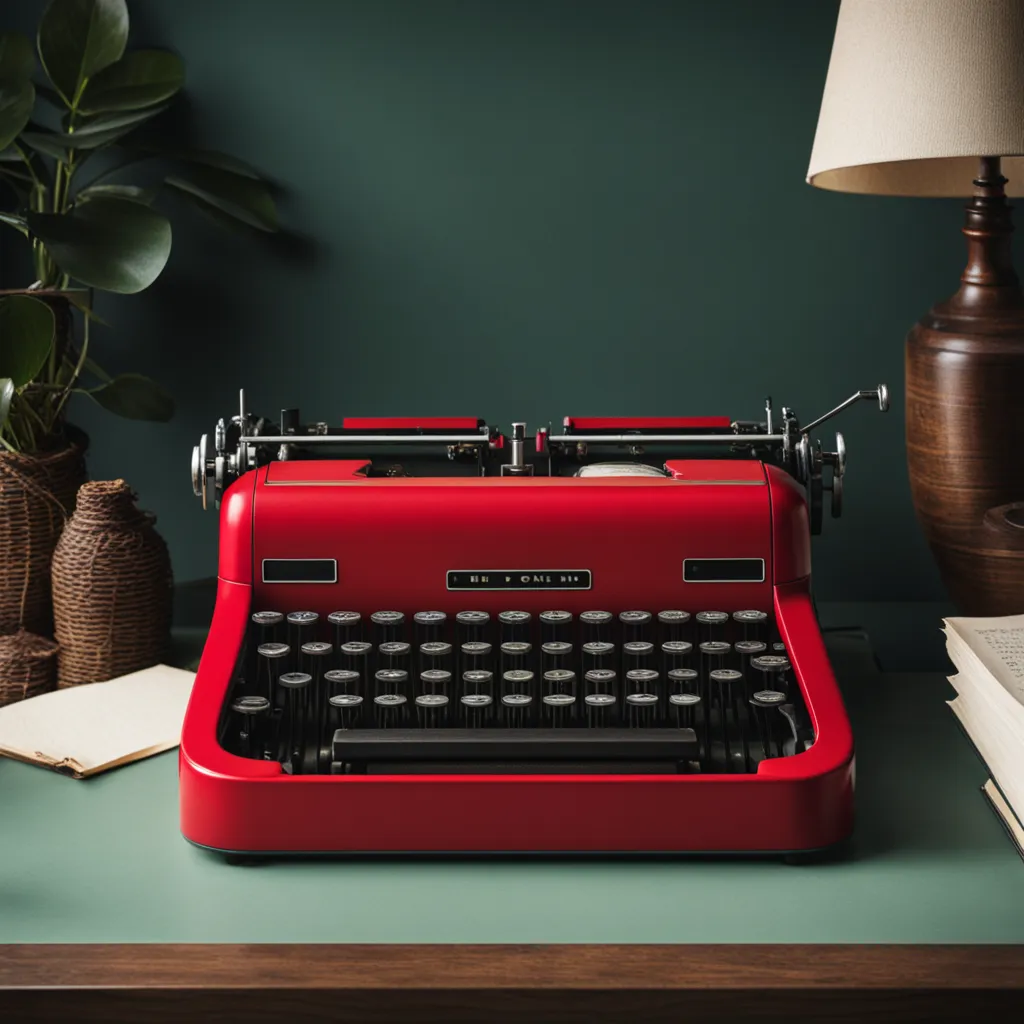How to Type on a Typewriter: A Guide for Beginners
How to Type on a Typewriter: A Guide for Beginners
Typewriters, with their classic appeal and tactile feedback, offer a unique writing experience compared to modern keyboards. For those accustomed to digital devices, typing on a typewriter can be a novel and enjoyable experience. This guide will cover the basics of how to type on a typewriter, along with answers to some frequently asked questions.

Basics of Typing on a Typewriter
- Inserting Paper: Lift the paper holder, also known as a bail, and insert a sheet of paper. Align the paper using the paper guide and roll it down into position with the platen knob.
- Setting Margins: Adjust the left and right margin stops to your desired positions. These stops control where the typewriter carriage stops while typing.
- Understanding the Keys: Familiarize yourself with the layout of the typewriter keys. Most typewriters use a QWERTY layout, similar to modern keyboards.
- Typing: Press the keys firmly. Typewriters require more force than computer keyboards. Ensure you press one key at a time to avoid jamming.
- Using the Carriage Return Lever: At the end of a line, push the carriage return lever to return the carriage to the start of the next line.
- Space Bar and Shift Keys: The space bar works the same as on modern keyboards. Use the shift keys for uppercase letters and symbols.
- Correcting Mistakes: Typewriters don’t have a delete key. To correct mistakes, you can use correction paper or liquid.
Maintaining a Typewriter
- Keep your typewriter clean and dust-free.
- Replace the ribbon when the text starts to fade.
- Periodically check for and untangle any jammed keys.
FAQs
Question: What kind of paper is best for a typewriter?
Answer: Standard typing or printer paper works well. Avoid using paper that is too thick or too glossy, as it might not feed properly.
Question: How hard do I need to press the keys?
Answer: Typewriter keys require a firmer press than computer keys. Practice to get a feel for the right amount of pressure.
Question: Can I use a typewriter for long documents?
Answer: Yes, but it requires more effort and time compared to a computer. Typewriters are ideal for shorter documents or for the experience of manual typing.
Question: How do I change the ribbon on a typewriter?
Answer: This varies by model. Generally, you lift the ribbon spools out, replace them with new ones, and thread the ribbon through the machine's guide.
Conclusion
Typing on a typewriter can be a rewarding experience that connects you to the art of writing in a traditional way. While it requires a bit more effort and technique compared to digital typing, the satisfaction of manually crafting words on paper is unparalleled. With practice, you can master the art of typewriter typing and enjoy the unique charm it brings to your writing.